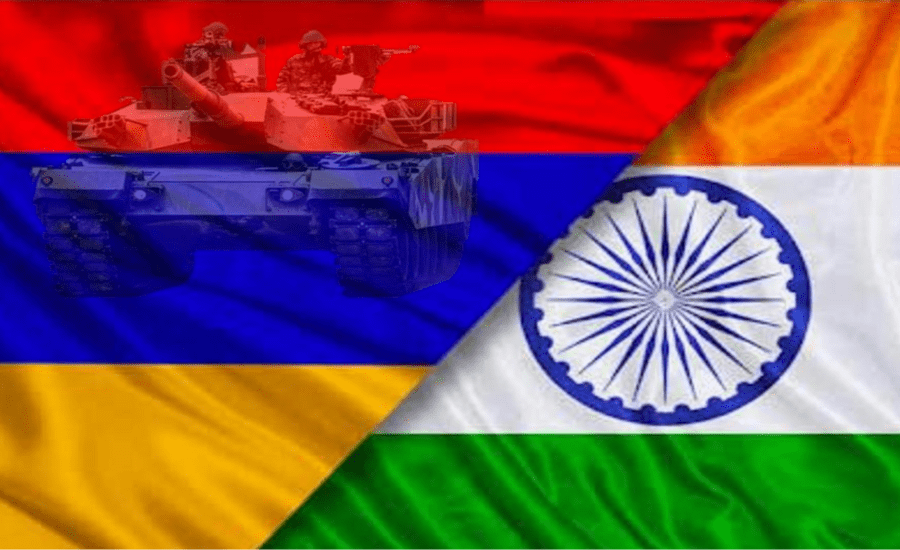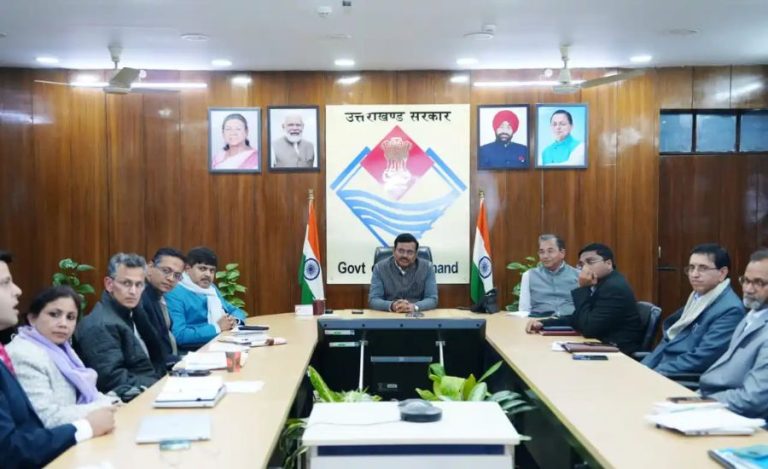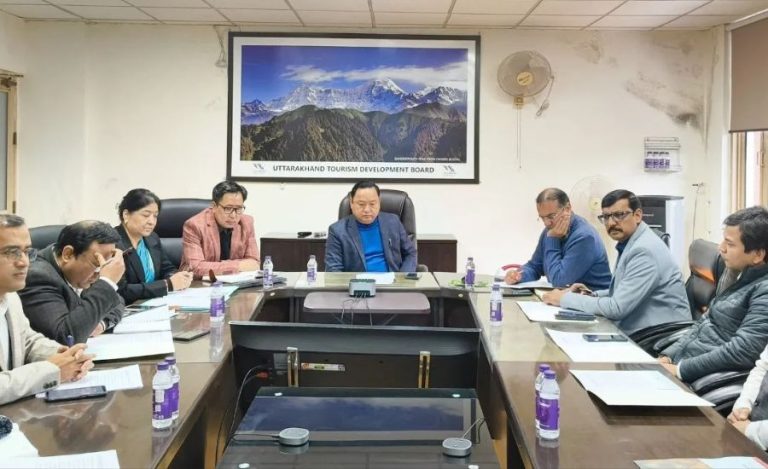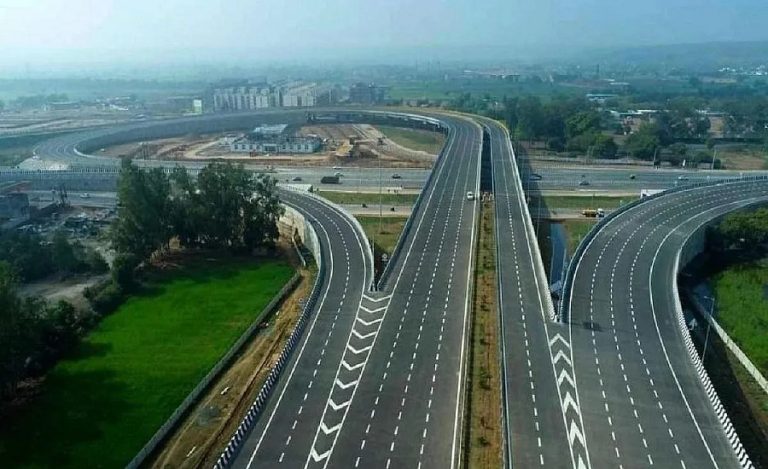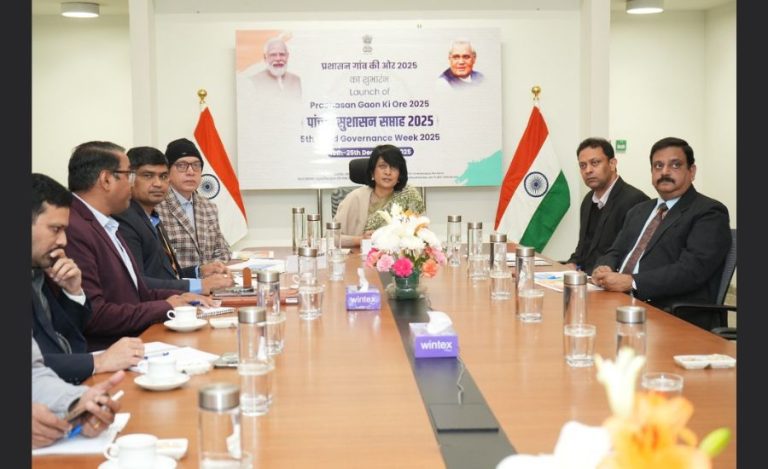India and Armenia are on the verge of finalising memoranda of understanding (MoUs) valued between US $3.5 billion and US $4 billion, marking the largest defence cooperation initiative to date between the two countries.
The purpose is to modernise Armenia’s air-defence, missile and artillery capabilities amid shifting regional security dynamics in the South Caucasus.
For India, this represents a strategic export breakthrough and an affirmation of its “Make in India” defence-industry push.
Major Highlights of India Armenia defence deal
Air-Defence Systems: One key component is the deployment of the next-generation Akash‑NG medium-range surface-to-air missile system, developed by Defence Research and Development Organisation (DRDO) and produced by Bharat Dynamics Limited (BDL).
This system will form the backbone of Armenia’s layered air-defence grid.
Missiles & Co-Production: The deal also contemplates acquisition of the supersonic cruise missile BrahMos, and a co-production framework that would allow components to be assembled in Armenia under licence.
Artillery Systems: In parallel, Armenia is negotiating for the Indian multi-barrel rocket launcher system Pinaka, developed by DRDO and manufactured through Indian public/private entities.
Other Elements: Beyond the hardware, the package includes technology-transfer, training support, maintenance facilities and local production arrangements – ensuring long-term industrial and operational cooperation.
Importance of India Armenia Defence Deal
Strategic Diversification for Armenia: Traditionally reliant on Russian defence-suppliers, Armenia now looks to India for cost-effective, combat-proven systems.
India’s Defence-Export Ambition: This deal signals a major step in India shifting from being a defence-importer to becoming a credible exporter and partner in defence manufacturing.
Regional Security Dynamics: In the volatile South Caucasus region, the new partnership may recalibrate deterrence balances and India’s footprint westwards.
Current Status & Timeline of India Armenia Defence Deal
Sources say the MoUs are “on the verge” of signing – valuation estimated at US $3.5 billion to US $4 billion.
Earlier groundwork: Armenia posted its first defence attaché in New Delhi in May 2023, and India reciprocated with a military attaché in Yerevan in April 2024 – the first such presence by India in the Caucasus.
Implications for India & Armenia
Technology Transfer & Industrial Growth: Armenia’s entry into co-production with India allows local assembly, job creation and deeper industrial links.
Export Market Expansion: A successful partnership opens doors for Indian defence firms in Europe & Eurasia.
Diplomatic Leverage: For India, this strengthens its engagement in a geopolitically important region beyond South Asia.
Operational Enhancement for Armenia: The new systems will significantly upgrade Armenia’s air-defence posture and strike capabilities.
Challenges Ahead
Approval & Financing: Finalising the MoUs and arranging the multi-billion-dollar financing will require both sides to clear export, regulatory and budgetary hurdles.
Delivery & Integration Timelines: Given complexity of co-production and integration, timelines may stretch.
Regional Reactions: The deal may provoke concern in neighbouring states and escalate regional arms dynamics.
Technology Safeguards: Ensuring secure transfer of sensitive systems and preventing proliferation will be key.
Way Forward
- Formal signing of the MoUs – likely within coming weeks.
- Initial deliveries of key systems such as Akash-NG batteries, BrahMos-derivatives and Pinaka units.
- Establishment of joint India-Armenia defence production/assembly facility.
- Regular high-level visits and joint exercises to cement the partnership.

